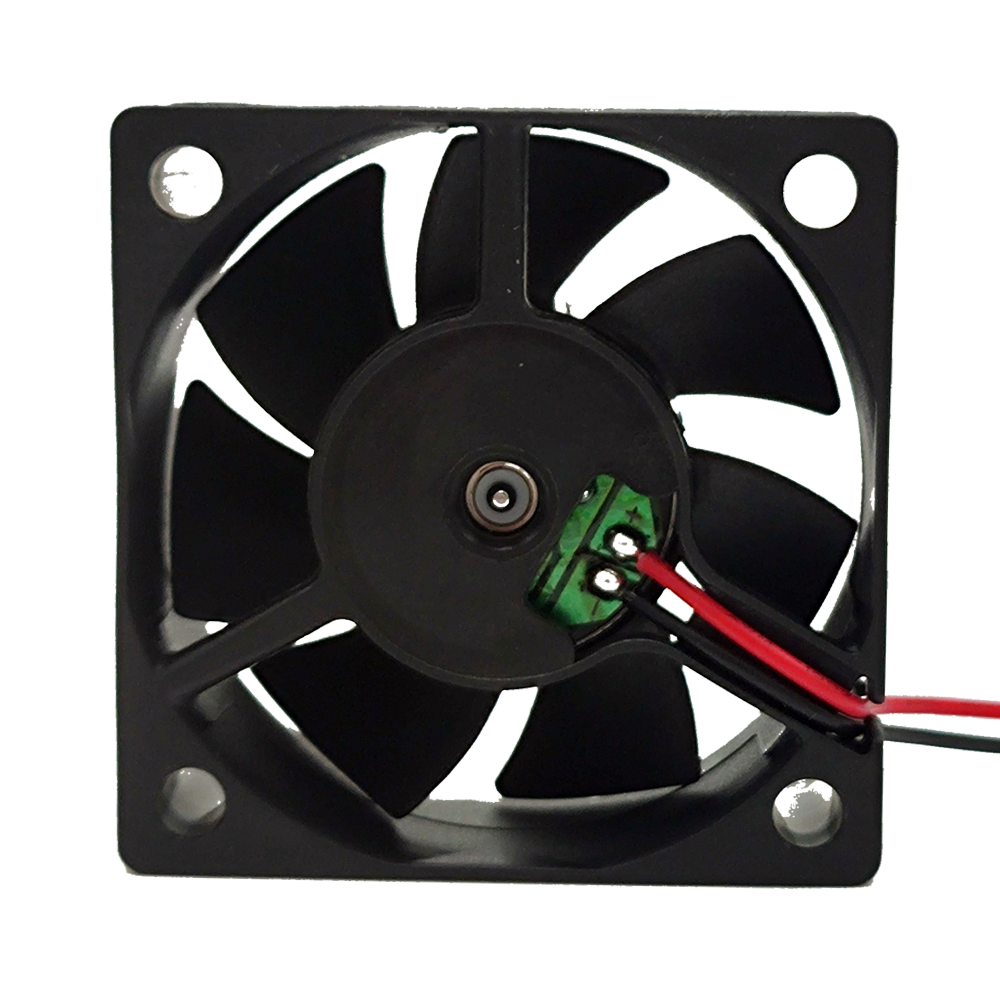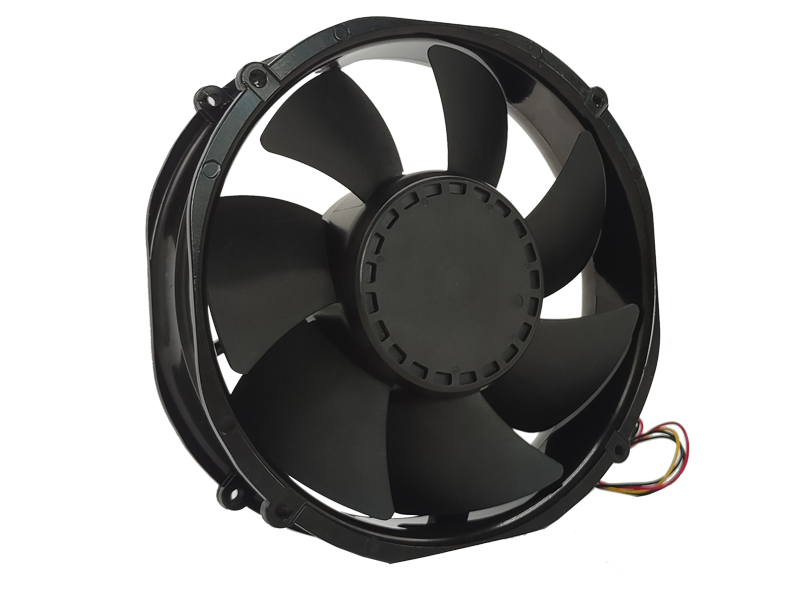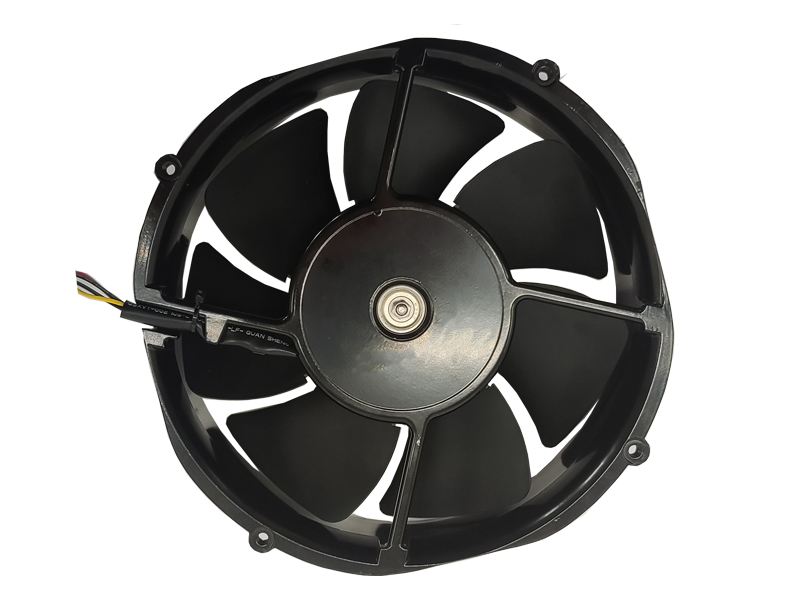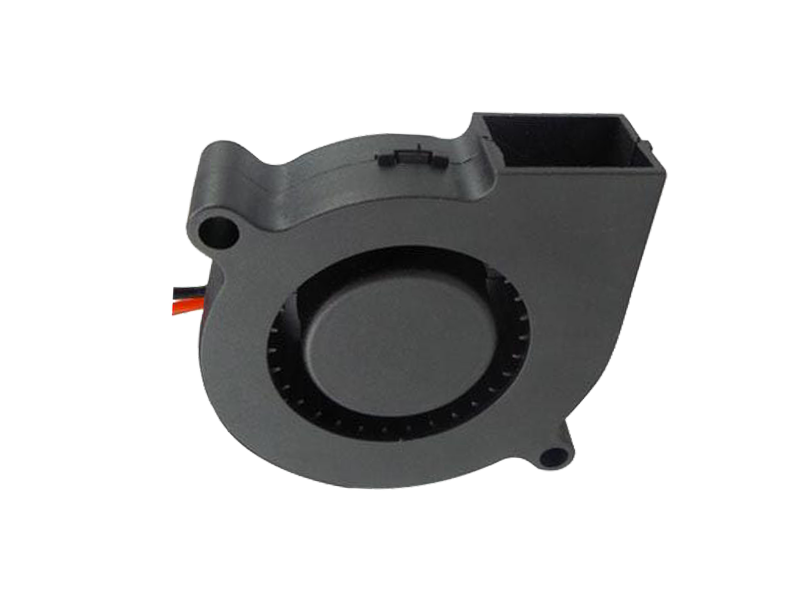In today’s rapidly evolving industrial landscape, energy efficiency and sustainability have become top priorities. Manufacturers and facility managers are increasingly seeking ways to reduce operational costs, minimize energy consumption, and meet environmental regulations. Industrial fans, which have long been a staple in industrial applications, are now undergoing significant transformations to meet these new challenges. In this article, we explore how modern industrial fans are designed to enhance energy efficiency and contribute to sustainable operations, making them a key component of any environmentally conscious facility.
1. The Importance of Energy Efficiency in Industrial Applications
Energy consumption is one of the largest operational costs for many industrial facilities. With increasing pressure from both regulatory bodies and consumers to adopt sustainable practices, reducing energy usage has become a strategic priority. Industrial fans, which are used extensively in manufacturing plants, warehouses, and other facilities, represent a significant portion of a facility's total energy consumption.
The energy efficiency of industrial fans can have a direct impact on a company's bottom line. Over the years, fan manufacturers have developed several technologies aimed at improving the energy efficiency of their products, which can lead to substantial cost savings over time. By selecting and utilizing energy-efficient fans, facilities can not only reduce their energy bills but also contribute to reducing their overall environmental footprint.
2. Energy-Efficient Technologies in Modern Industrial Fans
There are several key technologies and design features that make modern industrial fans much more energy-efficient compared to their predecessors. These technologies are helping businesses achieve better airflow with lower power consumption, improving operational efficiency while minimizing environmental impact.
Variable-Speed Motors: One of the most significant advancements in industrial fan design is the introduction of variable-speed motors. These motors can adjust the fan's speed according to real-time needs, ensuring that the fan operates at the optimal speed for the required airflow. As a result, variable-speed motors reduce energy consumption, particularly in applications where airflow needs vary throughout the day or seasonally.
Aerodynamic Fan Blade Designs: Aerodynamic efficiency is another key consideration in modern industrial fan design. Fans with optimized blade shapes are more efficient at moving air, requiring less energy to achieve the same airflow. Blade designs that reduce turbulence and increase airflow velocity contribute significantly to improving the overall performance of the fan while reducing its energy consumption.
EC (Electronically Commutated) Motors: EC motors are a newer class of motors that combine the efficiency of DC motors with the durability and reliability of AC motors. They use less energy to achieve the same performance and are particularly beneficial for industrial fans. EC motors also provide better control and offer the flexibility to integrate with modern building management systems for further energy optimization.
3. The Role of Industrial Fans in Sustainability Goals
In addition to reducing energy consumption, industrial fans are playing an increasingly important role in helping businesses meet their sustainability targets. The push for greater sustainability is not only driven by regulations but also by consumer demand for environmentally responsible products and services.
Reduction of Carbon Emissions: By improving energy efficiency, industrial fans help reduce the carbon emissions associated with facility operations. Energy-efficient fans consume less electricity, which in turn reduces the amount of fossil fuels burned in power plants. For industries with large-scale operations, this reduction in energy consumption can lead to a significant decrease in their overall carbon footprint.
Recycling of Waste Heat: Industrial fans are also being used in systems that recycle waste heat for other purposes, such as heating water or generating electricity. Heat recovery ventilation systems (HRVs) are an example of how industrial fans can be integrated into broader sustainability strategies. These systems capture waste heat from industrial processes and use fans to transfer that heat to other areas of the facility, reducing the need for additional energy input.

Longer Lifespan and Reduced Waste: The materials used in industrial fans are also evolving to support sustainability. High-quality materials that are resistant to corrosion and wear lead to longer-lasting fans that require fewer replacements over time, thus reducing waste and minimizing the consumption of resources.
4. Future Trends in Sustainable Industrial Fan Design
As the demand for energy-efficient and sustainable solutions grows, industrial fan manufacturers are focusing on creating products that align with these trends. The future of industrial fan design will likely include even more advanced technologies and features aimed at improving sustainability and reducing energy consumption.
Smart Fans and IoT Integration: The Internet of Things (IoT) is transforming the way industrial equipment is monitored and managed. Fans integrated with IoT technology will provide real-time data on performance, energy usage, and maintenance needs. This data can be used to optimize fan operation and ensure maximum efficiency at all times.
Sustainability Certifications: As industries become more conscious of their environmental impact, we can expect to see a rise in sustainability certifications for industrial equipment, including fans. Fans that meet or exceed certain environmental standards will be in high demand as businesses seek to demonstrate their commitment to sustainable practices.
Conclusion
Industrial fans play a vital role in ensuring the efficiency, safety, and sustainability of modern industrial operations. By embracing energy-efficient technologies and integrating fans into broader sustainability initiatives, businesses can achieve substantial cost savings while reducing their environmental impact. As industrial fan technology continues to evolve, it will remain a key component in helping facilities meet their sustainability goals and contribute to a more energy-efficient future.
Recommended Products

The main purpose:Car charging station

The main purpose:Car charging station

The main purpose:Electronic refrigerators, water dispensers, direct drinking machines, inverter power supplies
Address:No. 4137, Longgang Avenue (Henggang Section), Henggang Community, Henggang Street, Longgang District, Shenzhen
hotline:13530005572(Chen)15112579390(Li)


Welcome all friends to come for consultation and negotiation.
Copyright 2024 @ Shenzhen Youneng Xinyuan Electronics Co., Ltd.,(industrial fans,industrial blowers,axial fans,cooling fans manufacturer,centrifugal fans,ac cooling fans,dc cooling fans)